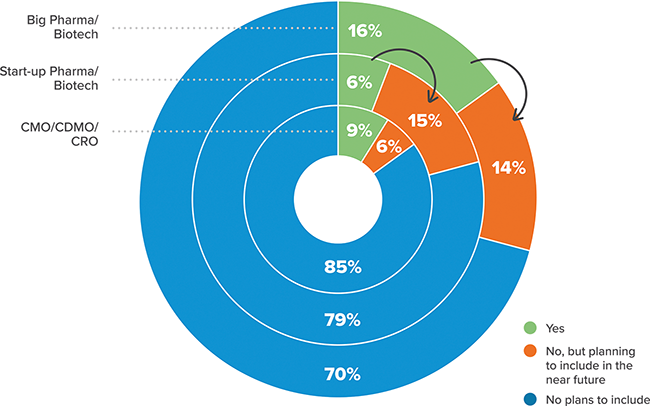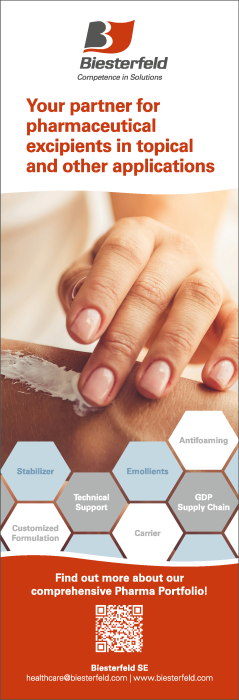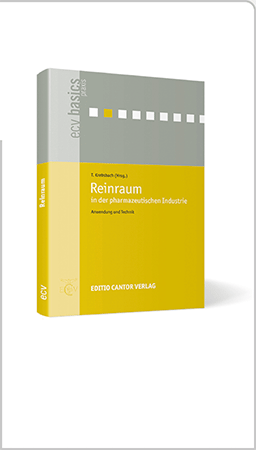Facility design to ensure European compliance for oligonucleotide manufacturing
Biotechnologie
Abstract
As the demand for oligonucleotide manufacturing continues to rise, ensuring an efficient and compliant facility design becomes crucial. Facility design emphasizes the intricate interplay between codes, standards, and safety considerations that adhere to European requirements. Facility design impacts production efficiency, product quality, and overall operational safety. With a comprehensive understanding of the risk factors involved and the strategies to mitigate potential hazards, manufacturers can ensure a secure and compliant manufacturing environment.
While small molecule active pharmaceutical ingredient (API) manufacturers might be familiar with the issues involved in the transition to producing oligonucleotides, biotechnology companies and biopharmaceutical manufacturers may find this daunting. There are many things to consider, but knowing the regulations and available technology can make it manageable.
Correspondence:
Maximilian Kappler, CRB Germany GmbH, Konrad-Zuse-Platz 1, 71034 Böblingen; maximilian.kappler@crbgroup.com
 | Maximilian Kappler is Process Engineer at CRB Germany GmbH. He has more than 10 years of experience in pharmaceutical engineering, Fill & Finish and facility design. With a focus on expanding CRBs Oligo capabilities, he is dedicated to bridging the gap between the CRB US-Team and the European market. His strategic approach and commitment to excellence make him a valuable asset in navigating the complexities of the industry. As part of the global Oligo team, his focus is on |
Sie haben Tech4Pharma / cleanroom & processes für sich entdeckt und möchten auf alle Beiträge und Ausgaben Zugriff haben?
Dann registrieren Sie sich noch heute kostenlos und genießen Sie sofort alle Möglichkeiten – recherchieren, lesen, downloaden.






